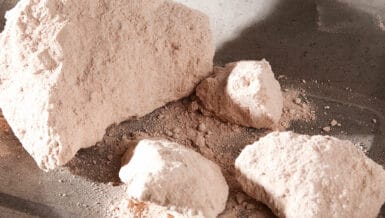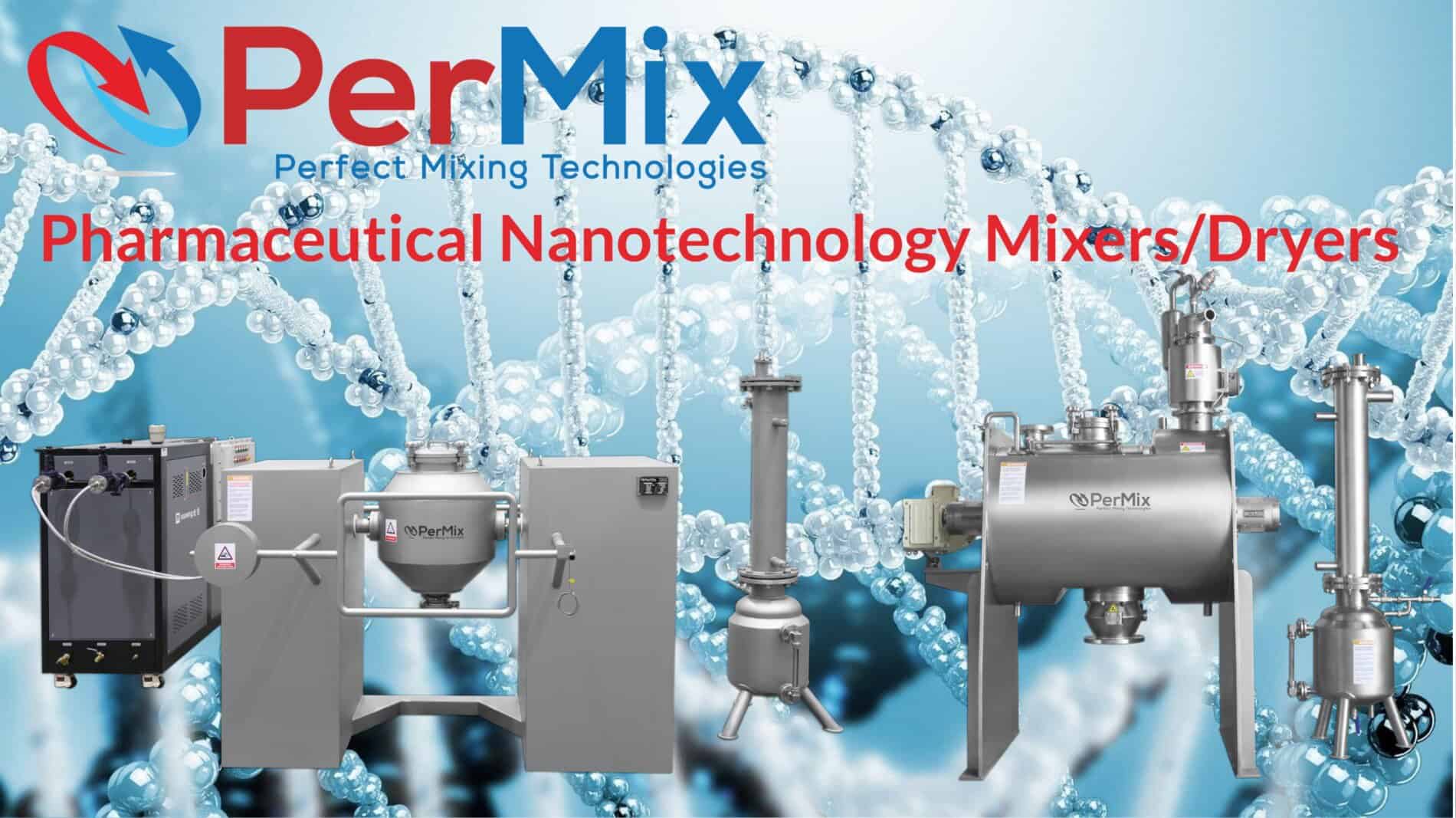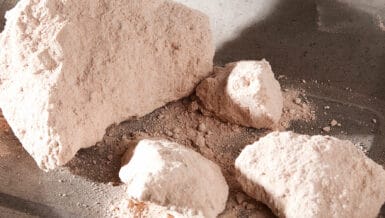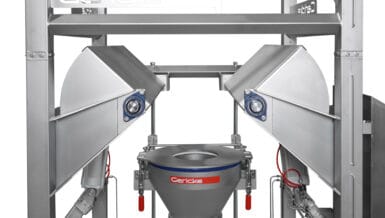Understanding Particle Characteristics in Pharmaceuticals
Particle design is at the heart of pharmaceutical ingredient engineering, holding immense significance in shaping pharmaceutical products’ quality, processing, and functionality. To fully appreciate the role of particle characteristics in the pharmaceutical industry, we will focus on three key aspects: particle size distribution, tailored engineering techniques, and agglomeration prevention.
Particle Size and Distribution
In the pharmaceutical sector, meticulous control and understanding of particle characteristics are paramount. Particle size, shape, and uniformity significantly influence the functionality of drug powders and formulations. They ensure that pharmaceutical particles adhere to strict size specifications and maintain consistent dosing and bioavailability.
Impact on Solubility and Dispersion
Particle size distribution significantly affects pharmaceutical formulations’ solubility, flowability, and dispersion. This, in turn, elevates drug efficacy, safety, and overall product quality.
Facilitating Specific Functionalities
Manipulating particle sizes enables the achievement of specific functionalities. These include controlled release, targeted delivery, and enhanced stability in drug products. Advanced technologies and methodologies for optimizing particle size and distribution are fundamental in designing functional powders for various pharmaceutical applications, from solid oral dosage forms to inhalation therapies.
Designing Particle Characteristics
Tailoring particle attributes, such as size, morphology, and distribution, is pivotal in enhancing pharmaceutical product performance. Customized particle characteristics optimize various functionalities, including controlled drug release, improved bioavailability, and enhanced stability. These factors ultimately influence therapeutic outcomes.
Precision Engineering for Better Drug Efficacy
Customized particles allow for the encapsulation of active pharmaceutical ingredients (APIs), enhancing drug efficacy and patient compliance. Advanced techniques like spray drying, micronization, and nanotechnology are crucial for manipulating particle characteristics. This empowers pharmaceutical manufacturers to meet stringent regulatory requirements and address complex drug delivery challenges.
Revolutionizing Drug Delivery
The ability to precisely engineer particles has led to developing novel drug delivery systems, such as nanoparticles and liposomes. These innovations revolutionize drug administration and improve patient experiences.
Preventing Agglomeration
The prevention of agglomeration is integral in particle design for the pharmaceutical industry. Agglomeration can lead to dose variability, reduced drug efficacy, and stability issues in pharmaceutical products.
Strategies for Mitigation
Strategic measures are employed to combat agglomeration. These include surface modification, anti-caking agents, and electrostatic control. Precision control over moisture content, temperature, and mixing procedures further curbs agglomeration tendencies, ensuring consistent drug product quality.
Particle Design Technologies and Methodologies
Various technologies, methodologies, and products facilitate particle design in pharmaceuticals. Here are some key elements that contribute to effective particle design:
Technologies
- Spray Drying: A technique that involves atomizing a liquid drug formulation into fine droplets, which are then dried to form solid particles.
- Fluidized Spray Drying: A variation of spray drying where particles are suspended in an air stream, allowing for precise control over particle size.
- Spray Congealing: A method to create particles by cooling and solidifying melted material in droplet form.
- Hot Melt Extrusion: A process where drug and excipient components are melted and mixed, followed by extrusion to form solid particles.
- Micronization: Reducing the size of particles to micron levels, often used for enhancing bioavailability.
- Controlled Crystallization: Precisely controlling the crystallization process to achieve desired particle properties.
- Cocrystallization: Creating crystalline structures involving multiple compounds to enhance drug properties.
- Jet Milling: A high-energy mechanical milling technique for reducing particle size.
- Freeze Drying: A process that involves freezing and then drying to create porous, stable particles.
- Ultrasound-Assisted Crystallization: Using ultrasound waves to influence the crystallization process.
Methodologies
- Brittest: A methodology for optimizing particle design using systematic experiments.
- Quality by Design (QbD): An approach that emphasizes quality throughout the product lifecycle, including particle design.
- Lean Manufacturing: Reducing waste and optimizing processes to improve particle design efficiency.
- Scale-Up Science: Ensuring that particle design processes are scalable for commercial production.
- Process Modeling: Utilizing mathematical models to predict and optimize particle design outcomes.
- Process Analytical Technologies (PAT): Implementing real-time monitoring and control of particle design processes.
Products
- Solid Dispersions: Formulations where drug particles are dispersed within a solid matrix, enhancing solubility.
- Microcapsules: Tiny capsules containing drug particles for controlled release.
- Controlled-Release Formulations: Products designed for gradual drug release over time.
- Nanoparticles: Ultra-small particles that enable precise drug targeting and improved bioavailability.
- Co-crystals: Crystal structures formed by combining multiple compounds for improved drug properties.
- Inhalation Drugs: Particles designed for effective delivery to the respiratory system.
The Significance of Particle Size Distribution in Pharmaceuticals
Particle size distribution (PSD) is a critical parameter in pharmaceutical development. PSD describes the variation of particles in a drug according to their size, and its importance cannot be overstated. Accurate PSD determination impacts drug efficacy, safety, and manufacturability.
Understanding Pharmaceutical Particle Size Distribution
Measurement Techniques
PSD is typically measured using sieve analysis, laser diffraction, dynamic image analysis, or dynamic light scattering techniques. These methods provide insight into the size variation within a drug.
Shapes and Measurements
Particle measurements can vary due to differences in particle shapes. For nearly spherical particles, measurements use diameter, but irregularly shaped particles may require length and width measurements. Simplified measurements assume spherical particles for ease of calculation.
The Shape of the PSD Curve
Distribution Curve
Pharmaceutical products usually exhibit a bell-curve distribution for particle diameters. The x-axis represents particle size, while the y-axis represents the frequency of occurrence. Most particles fall within the middle of the diameter range, with only a few significantly larger or smaller.
D-Values
The pharmaceutical industry uses three D-values to describe the particle size distribution curve:
- D50: This value represents the median particle size, with 50% of particles below and 50% above.
- D10: Signifying the point where 10% of particles are smaller, and
- D90: Indicating where 90% of particles are more diminutive.
A narrow distribution curve, where these three D-values are closely grouped, is generally preferred as it indicates uniform particle sizes.
Importance of Particle Size Distribution for Pharmaceuticals
Understanding and controlling PSD is crucial for several reasons:
- Impact on Porosity and Surface Area: PSD influences porosity and surface area, affecting manufacturability, efficacy, quality, bioavailability, and shelf life of pharmaceutical products.
- Manufacturability: Off-spec particle sizes can impede production, leading to lower yields and reduced profits. Accurate PSD milling is crucial for pharmaceuticals.
- API Absorption Rates: PSD influences the rate at which active pharmaceutical ingredients are absorbed in the body, impacting drug performance and therapeutic outcomes.
In conclusion, particle design in the pharmaceutical industry is a complex yet essential aspect of drug development. Pharmaceutical sector engineers and managers must recognize the profound impact of particle characteristics on product quality, efficacy, and manufacturing processes.
By embracing advanced technologies and methodologies, pharmaceutical manufacturers can pave the way for groundbreaking drug formulations and enhanced patient experiences, ultimately shaping the future of healthcare.











































